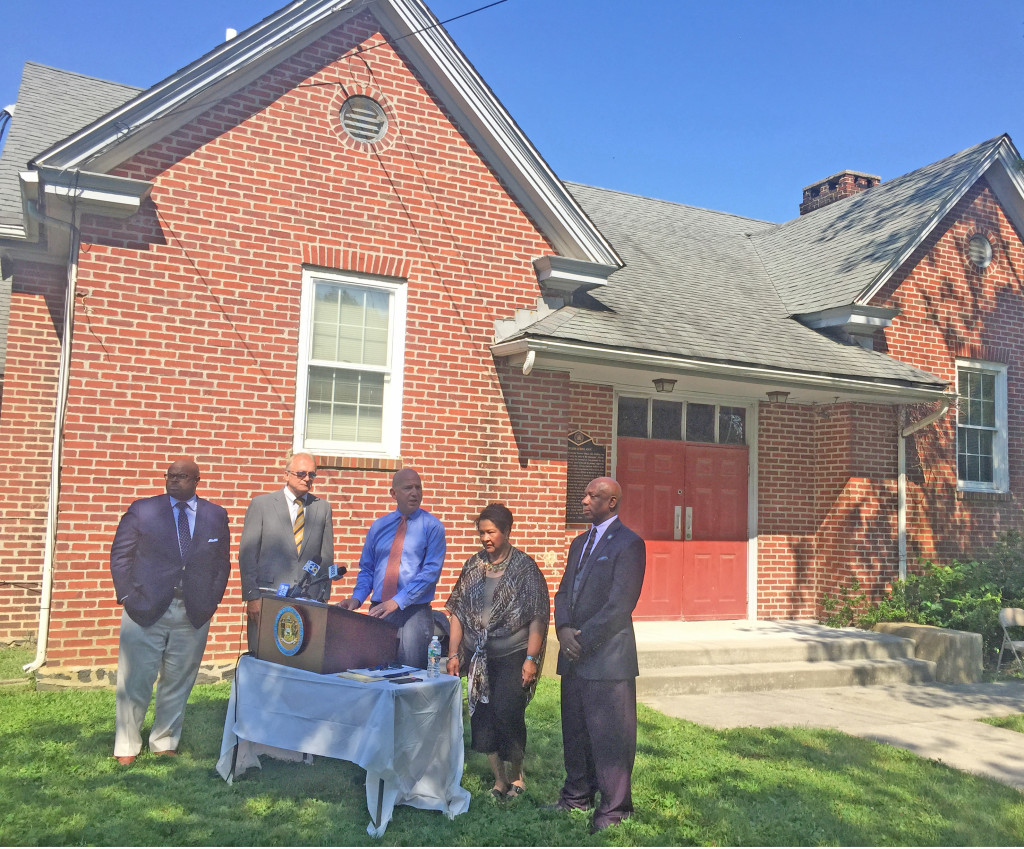Wilmington Redistricting: A Lesson in Collaboration
As The News Journal reported, Governor Jack Markell on Tuesday signed into law two pieces of legislation put forward by the Wilmington Education Advisory Committee (WEAC). The committee’s journey (which includes publishing the report “Strengthening Wilmington Education: An Action Agenda”) has been well documented. But there’s one story about WEAC that has been underreported.
I attended the first WEAC meeting in November of 2014. If you had told me then that in less than a year the governor would be signing the committee’s legislation, I would have politely said “no chance.” In fact, I left that first meeting doubting whether the committee would be able to agree on anything at all, let alone put forward recommendations.
That first meeting was full of a lot of passion, a fair amount of anger, and a lot of opinions. The members were quick to define themselves as “pro-this” or “anti-this” on issues such as charter schools, priority schools, neighborhood schools, and others. It was a very noisy meeting.
But at their second meeting, members of the committee did what I thought was unachievable. They agreed. They agreed on a set of guiding principles—a set of shared expectations that went beyond “pro” and “anti,” and instead articulated the basic fundamentals that brought them all together in the first place.
For instance, their principles included:
- Delivering high-quality public education to all children, including those who are low-income, black or Latino, is not only a Wilmington problem. It is a challenge facing all of Delaware.
- Wilmington students should continue to be served by a combination of district, charter, and vo-tech schools. Policies and practices for Wilmington schools should promote collaboration, shared learning, and a mutual commitment to improvements that serve all students.
This second principle is a great example of how the committee was able to move past their differences. Rather than debate their preferred type of school, they acknowledged that each has benefits for Wilmington students, and focused on how to maximize those benefits.
Was this just lip-service? Hardly. As I continued to attend the WEAC public meetings, I saw members regularly refer back to their guiding principles when debating their recommendations.
Yesterday’s bill signing at the Hockessin Colored School #107C was attended by a whole host of stakeholders who, you would assume, come down on different sides on a number of issues. The Wilmington Education Improvement Commission, which will now begin to enlist members and seek public input, will have to wrestle with tough implementation questions.
But we can all benefit from keeping in mind the lesson learned from WEAC’s first few meetings: If we can move past the noisy differences and find common ground, we can far better serve Delaware’s students.
Related Topics: Delaware, delaware schools, WEAC, Wilmington
